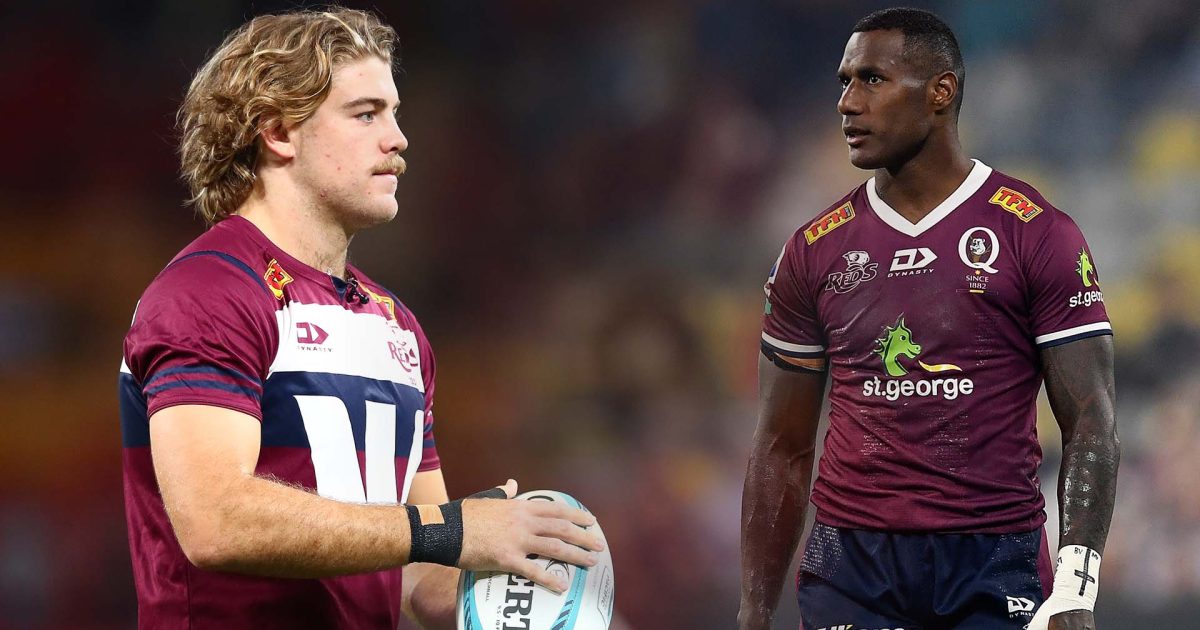The winners and losers of the 35-man Wallabies squad to face England

Dave Rennie unveiled his first Wallabies squad of the year on Sunday, picking 35 players from Super Rugby Pacific and Japan Rugby League One to take on England in July.
The bulk of players chosen in Rennie’s squad featured at some point in their 2021 campaign as the Wallabies look to build stability and cohesion in preparation for next year’s World Cup. Selectors have not been afraid to give opportunities to a number of players who have found form in Super Rugby Pacific.
The re-introduction of the Australia A program certainly played a part in selection, and the inclusions of Japan-based trio Quade Cooper, Samu Kerevi and Marika Koroibete add a huge boost to the Wallabies backline.
While the reception from Wallabies fans has been largely positive, there will always be debate about who deserves to be picked. Here is a list of players who have forced themselves into the team and those who just missed the cut.
Winners
Suliasi Vunivalu
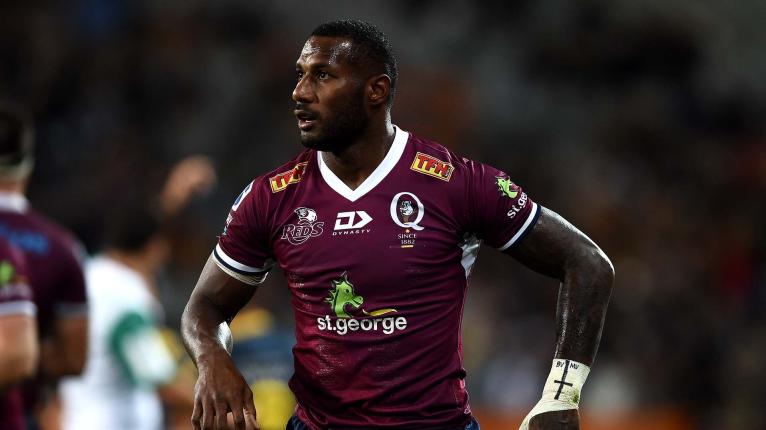
With limited game time since signing with the Reds leading into the 2021 campaign, the try-scoring league convert finally put a string of games together for his Queensland side in their run to the finals. He recently penned a one-year extension keeping him around for the 2023 World Cup. If anyone has seen his highlights, you will be aware of his potential and Rennie will be banking that Vunivalu will bring his A-game when the time comes to play international rugby.
Jed Holloway
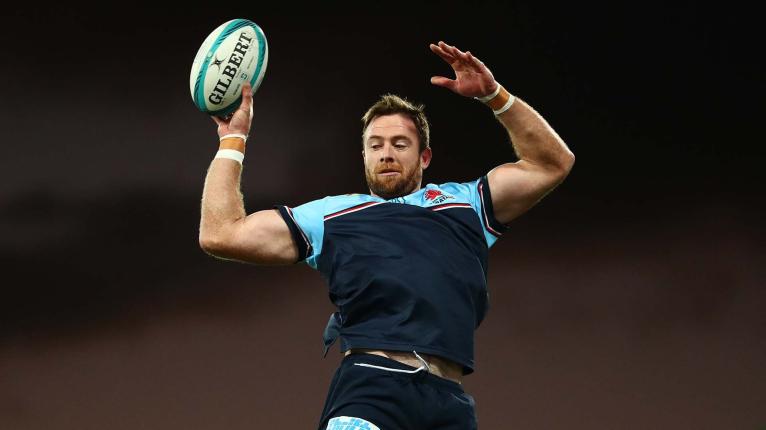
The Waratahs lock has come back from Japan a new man this season and has left his ego at the door. In 2022, he has become a team leader at Waratahs headquarters and is finally fulfilling his potential under the watchful eye of Darren Coleman. His inclusion into the Wallabies is down to his ability in the lineout and his versatility in switching from lock to the back row seamlessly.
Nick Frost
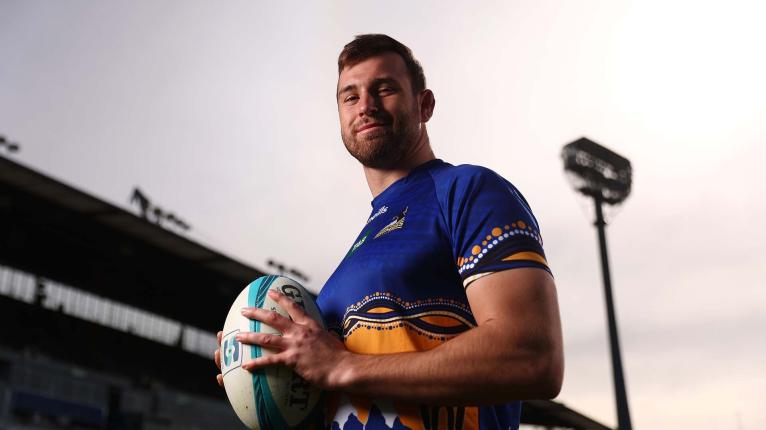
A beneficiary of the incredible all-round form of the Brumbies forward pack, Frost created a formidable combination with Darcy Swain and Caderyn Neville. Was set to sign with a club in Japan, but thanks to negotiations with the Brumbies and Wallabies, backflipped on the deal to stay in Australia and push his case for a World Cup. His work at the lineout and his ability to break the defensive line will be attractive qualities for Rennie as he looks for impact off the bench.
Dave Porecki
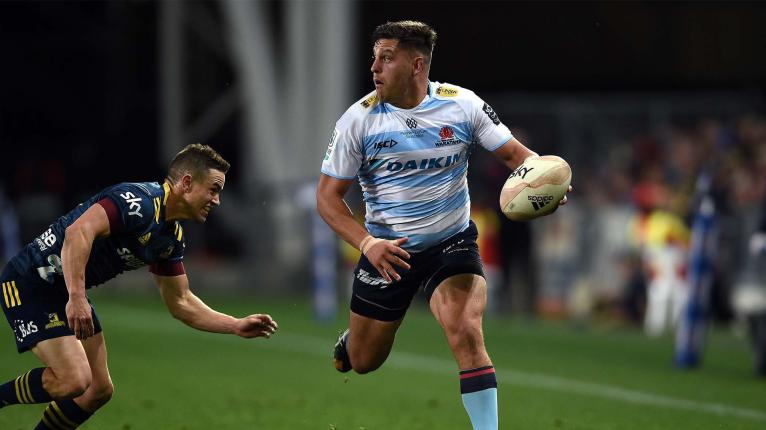
A stand-out for the Waratahs this year, he has risen to the top of the hooker pecking order in Australia. A big, mobile unit who has a reliable throw, Porecki checks all the boxes for Rennie. At 29, he is one of the older members of the squad and he has had experience playing in England, so it will be interesting to see if he is prepared for international duty.
The trio of Quade Cooper, Samu Kerevi and Marika Koroibete
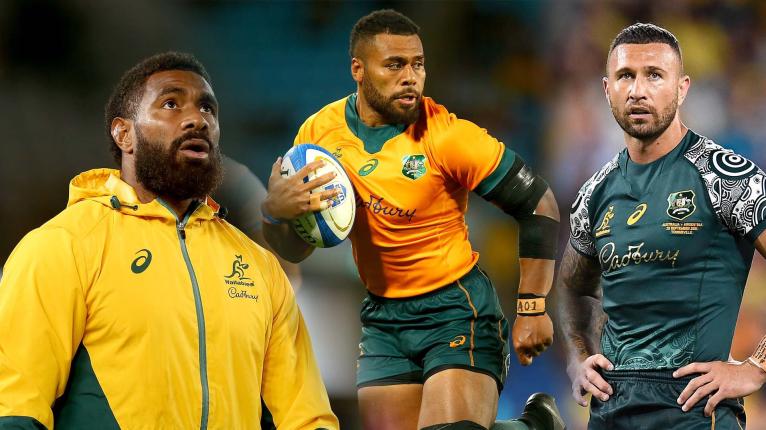
The introduction of selection policy changes that allowed the Wallabies to pick three overseas players had big upsides and big downsides last year. The injection of Quade Cooper and Samu Kerevi (and to a lesser extent Sean McMahon, Rory Arnold and Will Skelton) proved to be influential for the Wallabies, but when negotiations broke down between Rugby Australia, the players and their clubs, it laid bare the risks of picking players outside of Super Rugby Pacific. Now back in the national fold against England, the inclusion of Cooper, Kerevi and Koroibete will undoubtedly be pivotal to the Wallabies success in the series.
Losers
Fraser McReight
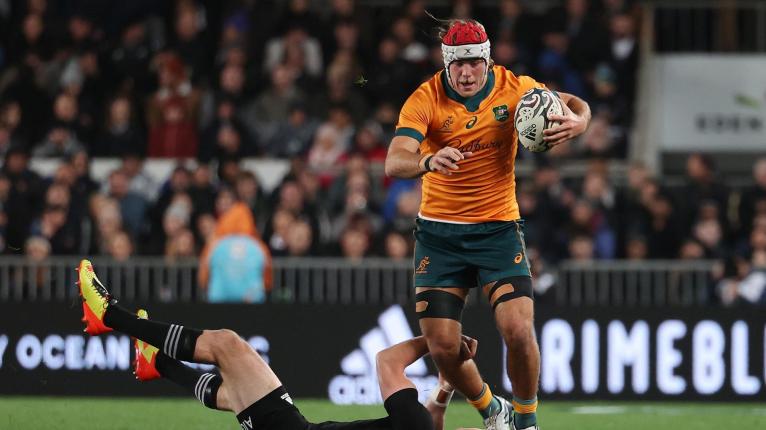
Perhaps the most controversial omission of Dave Rennie’s squad. If it wasn’t for a guy named Michael Hooper, you would think the 23-year-old would be a nailed-on starter. McReight lead the regular season of Super Rugby Pacific with 17 turnovers, more than any other back rower selected in the Wallabies squad combined. Unfortunately for McReight, he is a traditional seven and on-ball fetcher, and Rennie has opted for versatility across his back rowers. Will certainly feature for Australia A, if not captain the side.
Feleti Kaitu’u
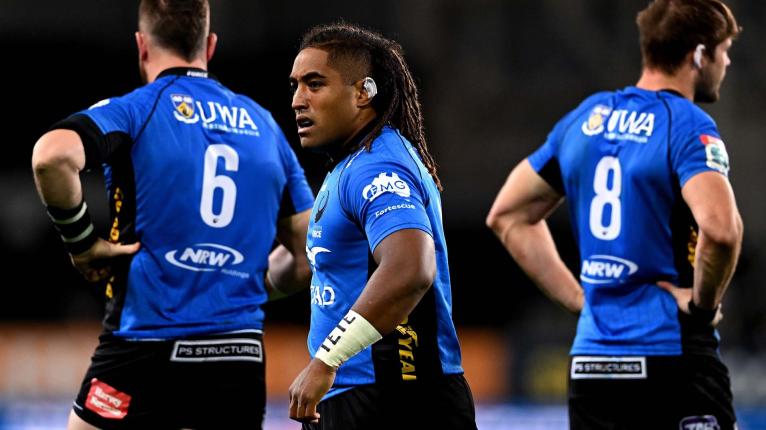
Was capped last year as the Wallabies searched for a starting hooker that could be relied on. Unfortunately, his form this year has slipped and had many appearances off the bench despite being named captain for the 2022 season. The hooker has all the attributes for international rugby but didn’t grasp his chances at test level when they were on offer.
Irae Simone
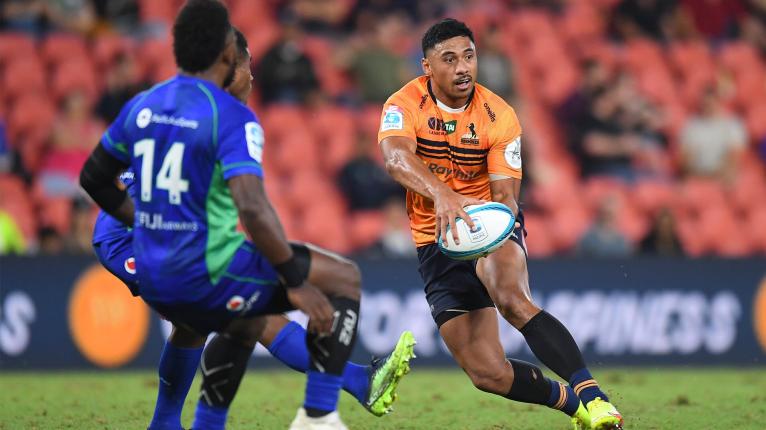
Was one of the best inside centres in Super Rugby Pacific this year, and had a dominant finals campaign. His ability to carry directly through the middle, in addition to his short-kicking game, was a huge asset to the Canberra franchise. His combination with Noah Lolesio and Len Ikitau worked wonders for the Brumbies. It appears his decision to sign with Clermont for next year, and the inclusion of Kerevi, has worked against him.
Jock Campbell
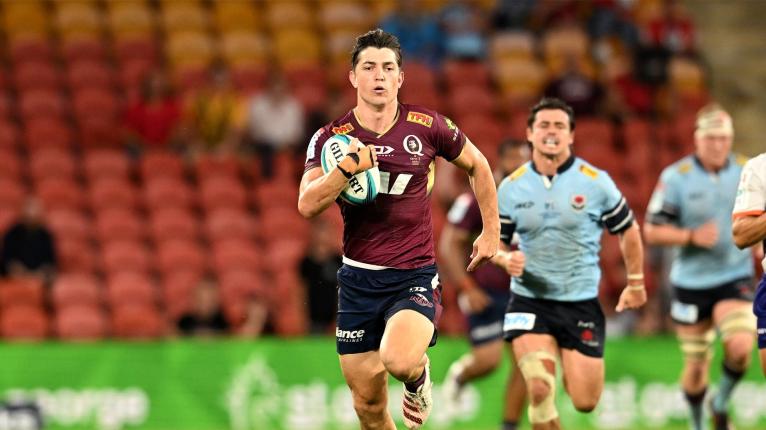
The nippy Reds fullback’s form has been good enough this year to shut down plans to move Jordan Petaia to the back for his Queensland side. Just as comfortable on the wing, Campbell has that uncanny ability to make the first defender miss every time. The 27-year-old has been a mainstay at the Reds for a couple of years now, and calls out of Queensland suggested that this was going to be his year. It is strange to leave him out considering the Wallabies aren’t exactly flowing with depth in the fullback department.
Reece Hodge
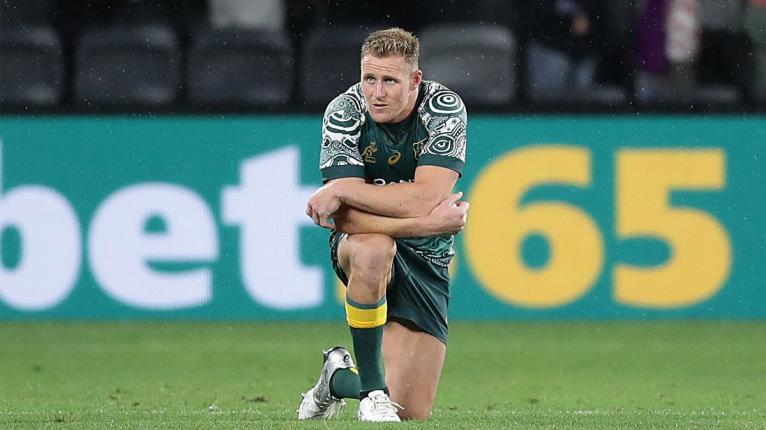
A sign of the times perhaps. The Rebels veteran by no means had a poor season, but after another disappointing Rebels campaign that featured a lot of Wallabies in the backline, heads had to roll. It may be that at this stage in his career, Hodge’s versatility may be counting against him. At 27, he still has plenty to offer the Wallabies, especially at fullback.




































































